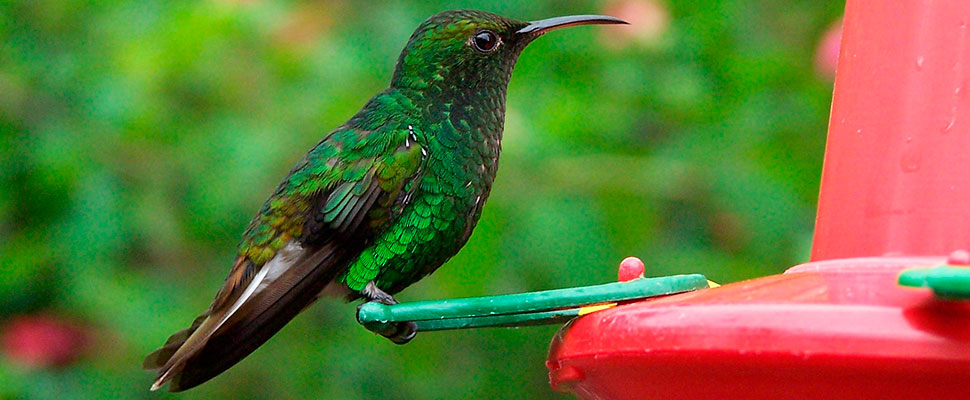Top 6 eco tours in Latin America


The Latin America ecotourism industry has expanded considerably over the last few decades. Practically every country from Mexico to Argentina is emerging as a premiere destination for outdoor adventure due to the inexpensive prices, peaceful political situation, and abundant natural resources.
Best of all, because of their gradual transformation IGNORE INTO world-class havens for eco-minded tourists, most of these countries haven’t fallen victim to overdevelopment, offering a relatively pristine cultural experience. Here are six ecotourism activities in Latin America that adventurous souls should add to their bucket list:
Bird watching in Costa Rica: Although a small country, Costa Rica is home to one of the highest levels of biodiversity in the world including more than 900 species of birds. Excellent birding opportunities are possible all year round, however, migration periods are the best seasons to find higher numbers of resident and migratory species. You will be joined by expert guides to spot some of the rarest and most beautiful species in the country. A fantastic way to see the stunning surroundings of this incredible country.
Fair trade coffee trail in Nicaragua: A growing component of ecotourism in Nicaragua is the fair-trade coffee trail, an excellent example of a rural community based on sustainable tourism development. The Fair-Trade Coffee industry in Nicaragua is instrumental in providing economic development opportunities for locals. In combination with integration with tourist initiatives, the attraction has become a draw for ecotourists looking to get involved with local communities, and hike the coffee trail.
Hang gliding and Paragliding in Ecuador: Located on the northwest coast of Ecuador near Bahía, Canoa is an extremely laid-back beach town popular among surfers and expats. It’s a small and sleepy town without a single ATM to be found. The steady winds and the gentle cliffs that surround Canoa create the perfect conditions for hang gliding and paragliding over the picturesque beach. You don’t necessarily need any experience to fly as tandem flights are available for beginners starting at $45.
Canaima National Park, Venezuela: A UNESCO World Heritage Site, Canaima is the sixth largest national park in the world and a cornerstone of ecotourism in Venezuela. This exciting and pristine landscape is sure to impress, considering almost two-thirds of the park is occupied by massive rock plateaus. It creates dramatic vistas and imposing waterfalls, including Angel Falls, the tallest waterfall in the world.
Mountain biking on Bolivia´s most dangerous road: Heading north from Bolivia‘s capital, La Paz, to Coroico, a forest town on the rim of the Amazon basin. “El Camino de la Muerte” is considered the world’s most dangerous road. Most Bolivians take the time to pray before beginning their descent in vehicles, so it takes a special breed of daredevil to make the journey on a mountain bike, passing frigid mountain tops, misty cloud forests, enormous waterfalls, and a myriad of tropical birds in the midst of heavy road traffic.
Swimming with Mexico’s whale sharks: Just off the tip of Mexico’s Yucatan Peninsula is a small island largely untouched by tourism. Isla Holbox might go unnoticed except for some high-profile visitors that frequent its warm ocean waters each summer. At an average of 40 feet long and a weight of 15 tons, the presence of these gentle whale sharks are hard to ignore. Docile and unafraid, they swim close enough to observe their checkerboard pattern of pale white dots and stripes covering their thick gray skin. If you’re looking for a fish tale to trump all others, this is it!
Prepared by
LatinAmerican Post | Luisa Fernanda Baez
Copy edited by Susana Cicchetto





